What is the difference between 201 stainless steel and 304 stainless steel?
 What is the difference between 201 st...
What is the difference between 201 st...In the steel industry, we often hear the concepts of hot rolling and cold rolling, so what exactly are they?The rolling of steel is mainly hot-rolled, and cold-rolled is mainly used to produce small-sized sections and sheets.
The following are common cold-rolled and hot-rolled steel conditions:
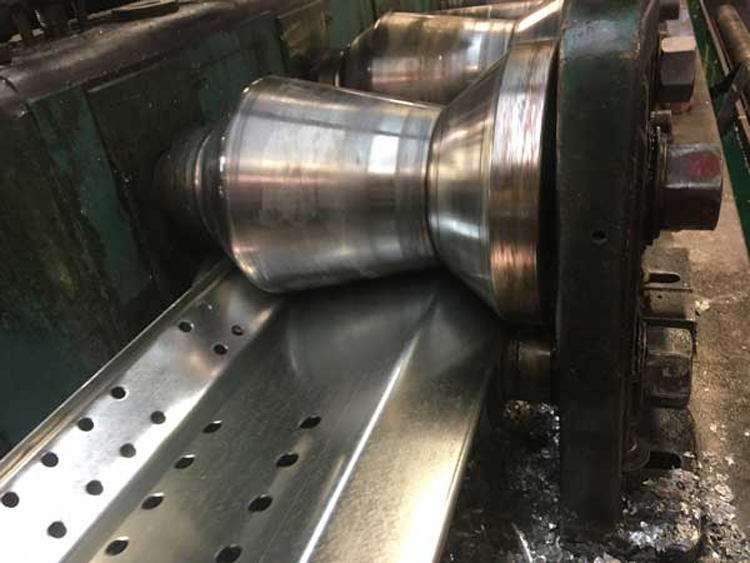
1)Wire: 5.5-40 mm in diameter, coiled, all hot-rolled. After cold drawing, it belongs to cold drawn material.
2)Round steel: In addition to the bright material with precise dimensions, it is generally hot-rolled, and there are also forging materials (forging marks on the surface).
3)Strip steel: both hot-rolled and cold-rolled, and cold-rolled materials are generally thinner.
4)Steel plates: cold-rolled plates are generally thinner, such as automobile plates; there are many hot-rolled medium and heavy plates, with similar thicknesses to cold-rolled plates, and their appearance is obviously different.
5)Angle steel: all hot rolled.
6)Steel pipe: Both hot-rolled and cold-drawn are available.
7)Channel steel and H-beam: hot rolled.
8)Reinforcing bar: hot rolled material.
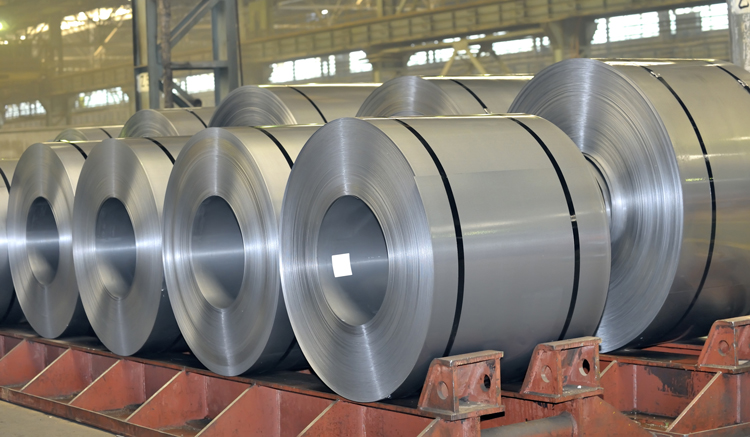
Both hot rolling and cold rolling are processes for forming steel plates or profiles, and they have a great influence on the structure and properties of steel.
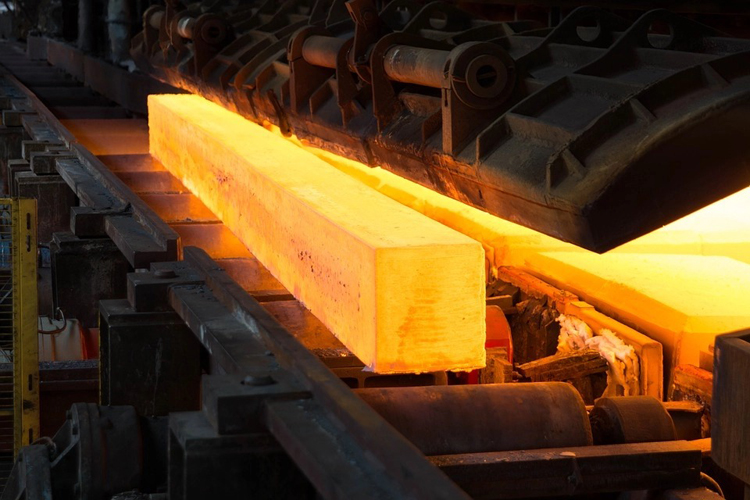
The rolling of steel is mainly based on hot rolling, and cold rolling is usually only used for the production of small-sized sections and sheets with precise dimensions.
The termination temperature of hot rolling is generally 800 to 900 ° C, and then it is generally cooled in air, so the hot rolling state is equivalent to normalizing treatment.
Most steels are rolled by the hot rolling method. Due to the high temperature, the steel delivered in the hot-rolled state has a layer of iron oxide scale on the surface, so it has certain corrosion resistance and can be stored in the open air.
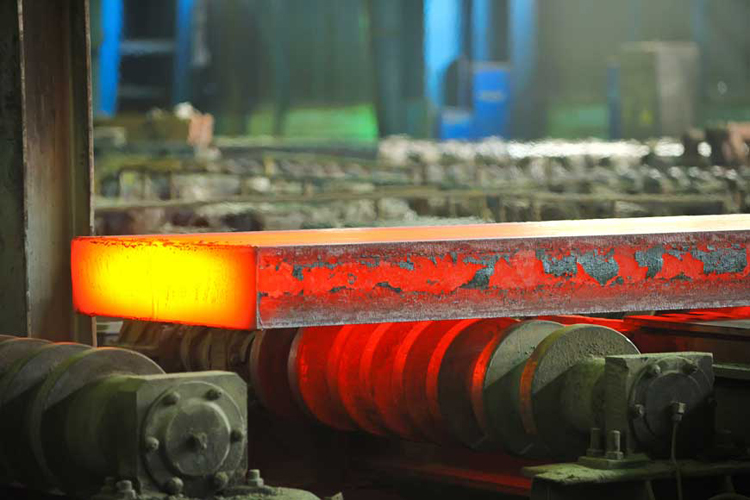
However, this layer of iron oxide scale also makes the surface of hot-rolled steel rough and the size fluctuates greatly. Therefore, steel with smooth surface, accurate size and good mechanical properties is required, and hot-rolled semi-finished products or finished products are used as raw materials for cold rolling production.
advantage:
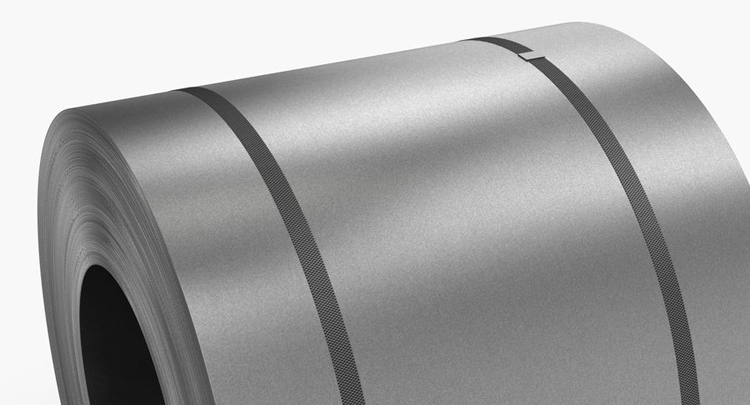
The forming speed is fast, the output is high, and the coating is not damaged, and it can be made into a variety of cross-sectional forms to meet the needs of use conditions; cold rolling can cause a large plastic deformation of the steel, thereby increasing the yield point of the steel.
shortcoming:
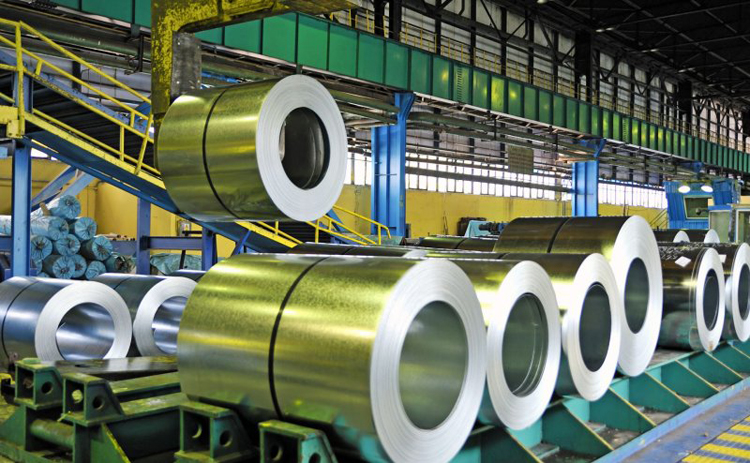
1)Although there is no hot plastic compression during the forming process, there is still residual stress in the section, which will inevitably affect the overall and local buckling characteristics of the steel;
2)The style of cold-rolled steel is generally an open section, which makes the free torsional stiffness of the section low. It is prone to torsion when under bending, prone to bending-torsional buckling under compression, and has poor torsional performance;
3)The wall thickness of cold-rolled forming steel is small, and it is not thickened at the corners where the plates are connected, and the ability to withstand local concentrated loads is weak.

Cold rolling refers to the rolling method of changing the shape of the steel by extruding the steel under the pressure of the roll at room temperature. Although the processing also heats up the steel sheet, it is still called cold rolling. Specifically, the hot-rolled steel coil for cold rolling is used as the raw material, and the oxide scale is removed by pickling, and then pressure processing is performed, and the finished product is a hard-rolled coil.
Generally, cold-rolled steel such as galvanized steel and color steel plate must be annealed, so the plasticity and elongation are also good, and it is widely used in automobiles, home appliances, hardware and other industries. The surface of the cold-rolled sheet has a certain degree of smoothness, and the hand feels smoother, mainly due to the pickling. The surface finish of the hot-rolled sheet generally does not meet the requirements, so the hot-rolled steel strip needs to be cold-rolled. The thinnest hot-rolled steel strip is generally 1.0mm, and the cold-rolled steel strip can reach 0.1mm. Hot rolling is rolling above the crystallization temperature point, and cold rolling is rolling below the crystallization temperature point.
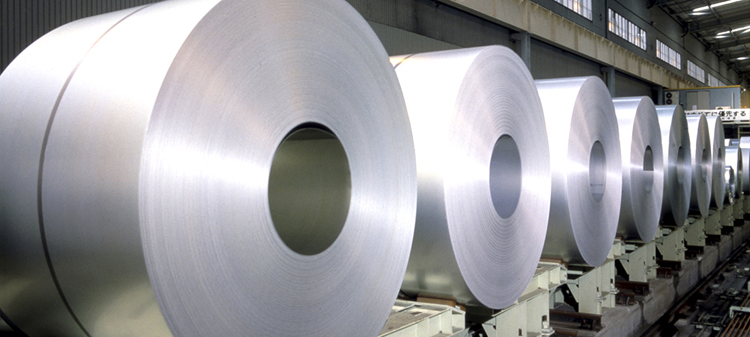
The change of the shape of the steel by cold rolling belongs to continuous cold deformation, and the cold work hardening caused by this process increases the strength, hardness and toughness and plastic index of the rolled hard coil.
For end use, cold rolling deteriorates stamping properties, and the product is suitable for simple deformation parts.
advantage:
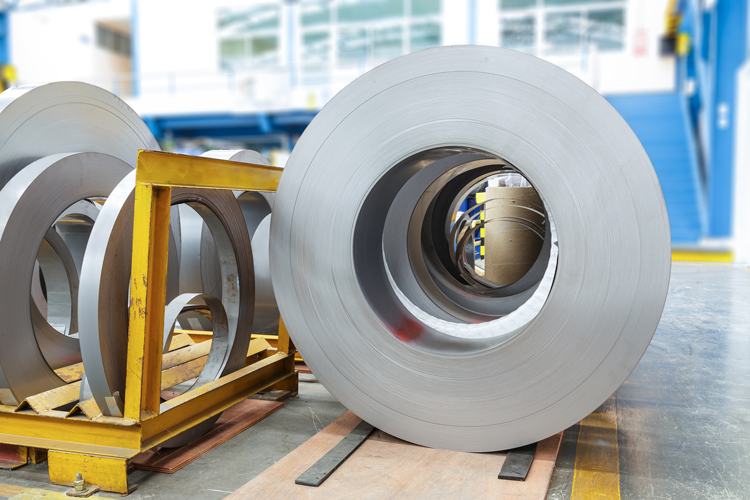
It can destroy the casting structure of the ingot, refine the grain of the steel, and eliminate the defects of the microstructure, so that the steel structure is dense and the mechanical properties are improved. This improvement is mainly reflected in the rolling direction, so that the steel is no longer an isotropic body to a certain extent; the bubbles, cracks and porosity formed during casting can also be welded under the action of high temperature and pressure.
shortcoming:
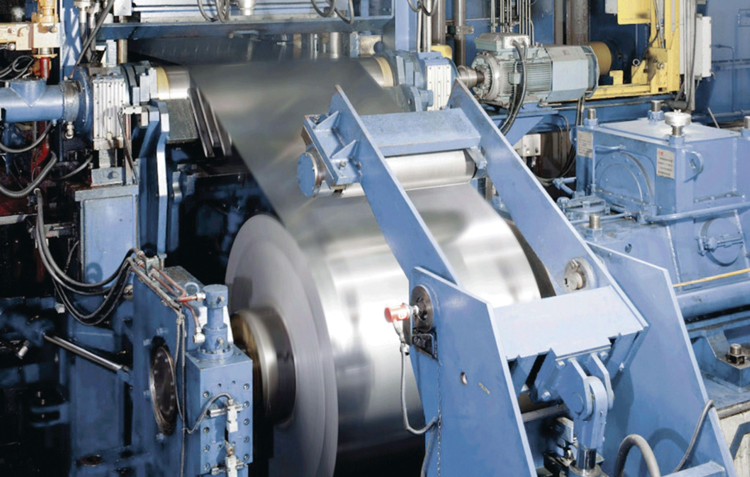
1) After hot rolling, the non-metallic inclusions (mainly sulfides and oxides, and silicates) inside the steel are pressed into thin sheets, resulting in delamination. Delamination greatly deteriorates the tensile properties of the steel through the thickness, and there is the potential for interlaminar tearing as the weld shrinks. The local strain induced by the shrinkage of the weld often reaches several times the yield point strain, which is much larger than the strain induced by the load;
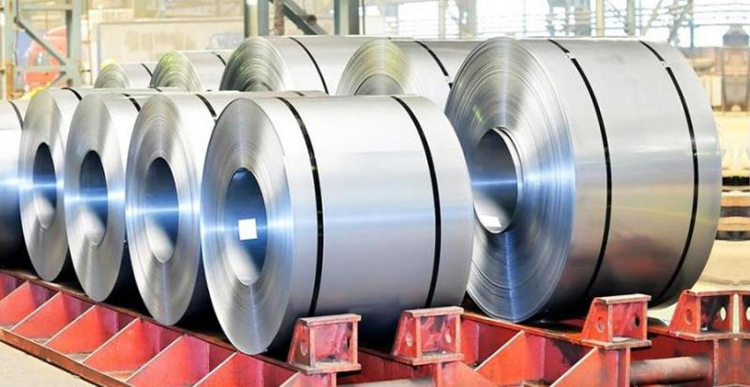
2) Residual stress caused by uneven cooling. Residual stress is the stress of internal self-phase equilibrium without external force. Hot-rolled section steel of various sections has such residual stress. Generally, the larger the section size of the section steel, the greater the residual stress. Although the residual stress is self-balanced, it still has a certain influence on the performance of the steel member under the action of external force. For example, it may have adverse effects on deformation, stability, and fatigue resistance.
 What is the difference between 201 st...
What is the difference between 201 st... Why is 316 stainless steel better tha...
Why is 316 stainless steel better tha... 400 series stainless steel science
40...
400 series stainless steel science
40... How to distinguish the processing tec...
How to distinguish the processing tec... Non-standard design materials of bras...
Non-standard design materials of bras... What type of titanium alloy does Tc4 ...
What type of titanium alloy does Tc4 ...